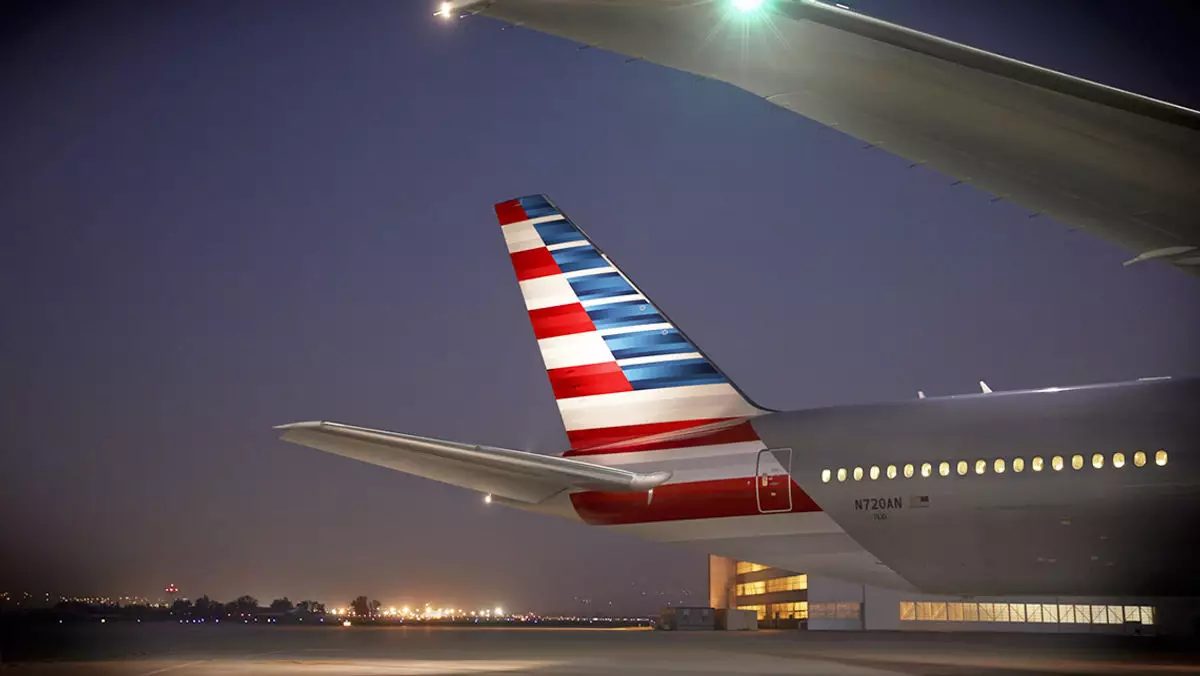The air travel industry is currently undergoing a significant transformation, with advancements in distribution technology taking center stage. One particular initiative that’s gaining traction is the New Distribution Capability (NDC), which aims to modernize the way airlines share content and pricing with travel agents and customers. Recognizing the potential of NDC to enhance customer offerings and streamline transactions, American Airlines recently made headlines by extending its NDC commission program through the end of the year. This decision reflects the airline’s commitment to strengthening relationships with travel agencies and corporate clients.
Initially set to conclude on September 30, American Airlines’ decision to prolong its NDC commission program signifies a deliberate effort to foster collaboration within the travel agency ecosystem. Under this initiative, travel agents can earn a generous 10% commission on NDC bookings that fall under specific categories—Main Plus, Main Select, and Flagship Business Plus bundles. This strategic move underscores the airline’s recognition that incentivizing agents is crucial for driving adoption of NDC technology.
The airline launched the commission program in June, following a previous shift away from a less favorable strategy that involved restricting fare availability through traditional Global Distribution Systems (GDS). By re-evaluating its relationship with travel partners, American Airlines aims to rectify past missteps and establish a more inclusive and cooperative approach towards NDC.
Scott Laurence, American’s vice president of partnerships and retailing, emphasized the importance of continuous pricing in driving NDC adoption. This pricing model, which entails offering dynamic and real-time fare updates, aligns closely with customer needs for transparency and competitive pricing. Unlike conventional systems that rely on static fare codes, continuous pricing allows airlines to provide more accurate and engaging quotes to users, fostering a more efficient sales environment.
Laurence’s assertion that continuous pricing represents the “future of the industry” illustrates a pivotal change in how airlines intend to cater to consumer preferences. This focus not only enhances customer experience but also positions American Airlines alongside competitors like United Airlines who are already implementing similar practices.
While the extended commission program and continuous pricing represent steps in the right direction, the transition to NDC and the widespread adoption of dynamic pricing systems are not without challenges. Travel agents must adapt to these changes, necessitating ongoing training and development to fully leverage the benefits of NDC technology. There is also the broader concern of managing the disruption that comes with moving away from traditional GDS frameworks.
Nevertheless, the airline industry’s evolution hinges on effective partnerships between carriers and travel agencies. American Airlines appears to have recognized that building a cooperative environment is key to successfully integrating NDC technology. By extending the commission structure and exploring innovative pricing methods, the airline is effectively positioning itself for future success in a rapidly changing market.
As American Airlines extends its NDC commission program, it is sending a clear message about its willingness to adapt and innovate within the travel landscape. The focus on continuous pricing may hold the key to unlocking greater efficiency and satisfaction for both customers and agents. While challenges remain, American Airlines’ proactive stance signals a forward-thinking approach that could reshape the future of air travel distribution. In a world where flexibility and real-time data reign supreme, the airline’s strategies suggest a significant step toward embracing a more collaborative and technologically advanced future within the industry.

